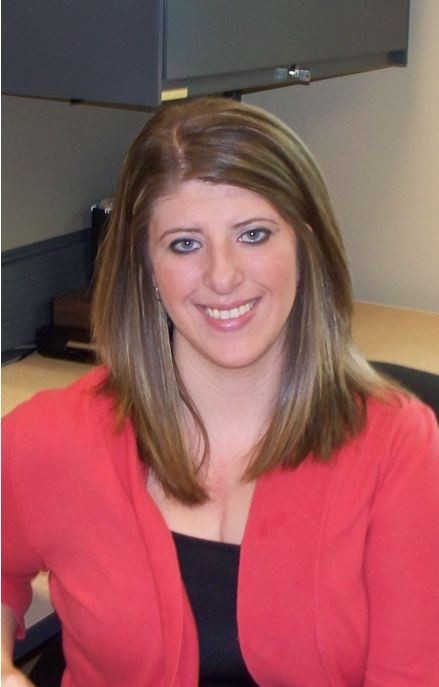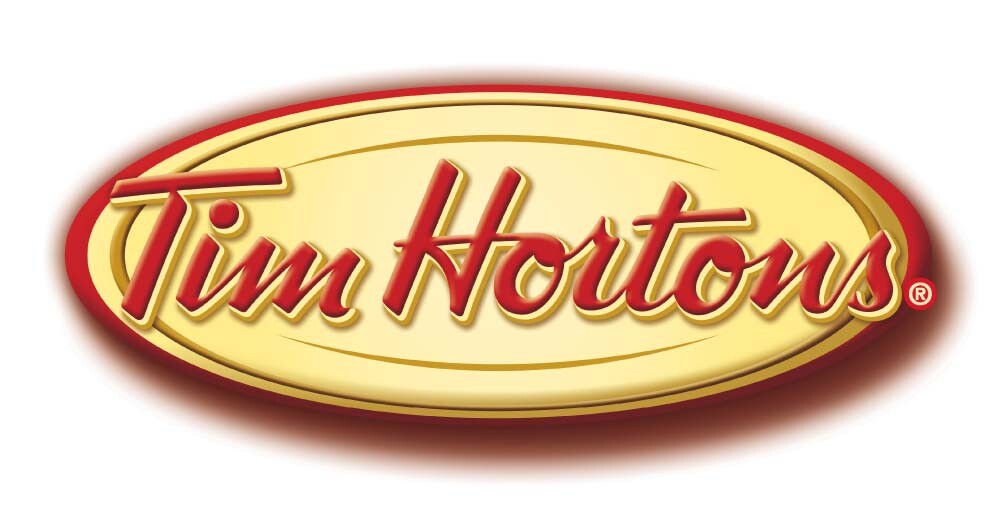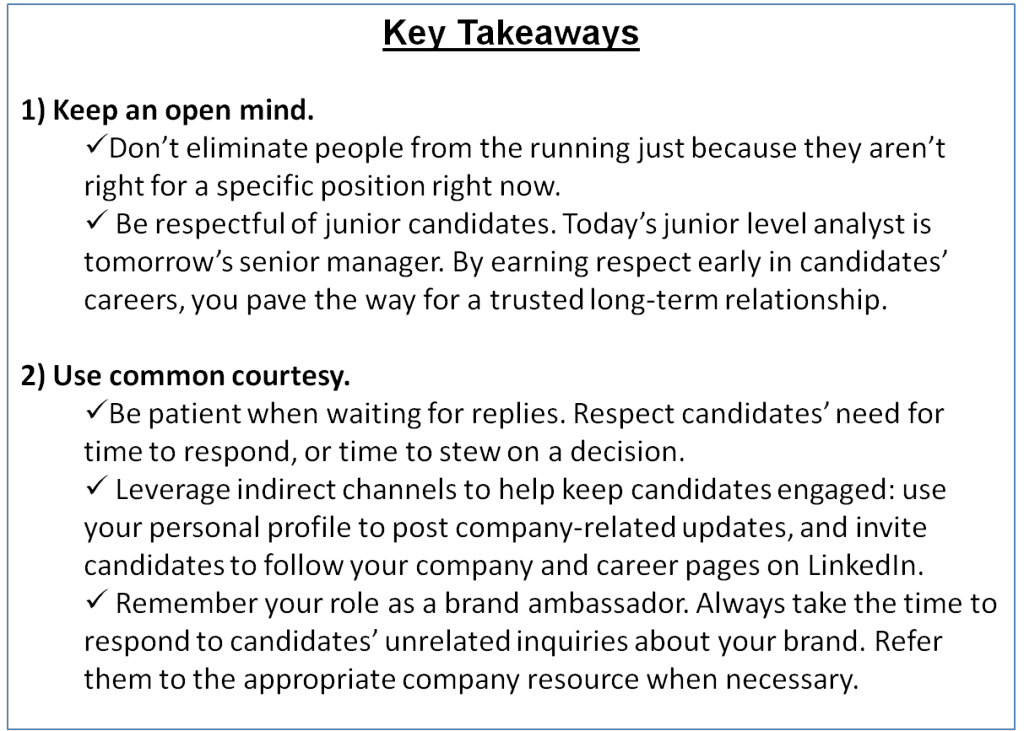Mastering the Basics: Passive Candidate Recruiting for Newcomers
Think you need deep experience to ace passive candidate recruiting? Not at all. Jacqueline Benedetti has been with Toronto-based Tim Hortons for about five years, first in Operations and now in HR as a Talent Acquisition Specialist. She’s been formally recruiting for less than a year, yet had some of the highest InMail response rates among LinkedIn’s global customers in the last 12 months. This fourth interview in our series is a good reminder that respect and common courtesy are at the core of successful passive candidate recruiting.
Why does Tim Hortons focus on recruiting passive candidates?
The best people won’t always come to us, so we need to go to them. Looking to other industries is one way we bring in the best talent. But it’s not just about recruiting them - it’s also about networking. We want them as contacts regardless, because they can often refer other candidates or be sources of information.
[caption id="attachment_4504" align="alignright" width="246"]
I’ve learned that I can’t just speak with someone for two minutes and expect results. It’s not quick. It’s not easy. I have to commit the time to nurture the relationship, touch base, follow up, and send messages to check in. Sometimes a candidate just needs a reminder that I’m still around. At the end of the day, I need to network for myself: no one else can do it for me.
I’ve also learned to focus so that I don’t get overwhelmed. For instance, I might network with just marketing coordinators as opposed to everyone in marketing. As I get more comfortable in an area, then I can start to be more strategic in my outreach. I can look at the bigger picture, see where the company is headed, and start networking for future roles.
I am fortunate to be able to leverage our phenomenal brand when I reach out to people. Especially in Canada, we are very recognizable as the largest quick-service restaurant in the country, so the vast majority of potential candidates are also guests. To them, we represent the brand. Sometimes they ask questions unrelated to recruitment, so I need to take the time to answer them or direct them to the appropriate company resource.
I am concise. If I have a position, I mention it: “Hey I’m recruiting for this position right now and I would love to network. Feel free to get in touch with me. Let me know if you have any questions. I’d be happy to help.” If I don’t have a role, I am a bit more general: “It would be great to know more about your experience.” I am sincere and I am honest. I treat my InMails like networking conversations in real life.
I also don’t necessarily go after people right away again. I find that a lot of time people are just busy or on vacation, so it takes them a couple of weeks to reply. I want to be sure that I am respectful of their time, and so I let them come to me as well.
Every candidate is different, and the minute I paint people with the same brush, using only one formula, is the minute that it’s not going to work for me.
What are your strategies for keeping a prospective candidate warm?
Touch points are key. Face-to-face conversations are best. Initially we may connect on LinkedIn, but then I spend time keeping it up on the phone or over coffee. I am mindful not to send messages too frequently and may even ask the candidate, “How often would to like to touch base?”
We also use our LinkedIn personal profiles and news feeds to advertise information. We always suggest to candidates to follow our LinkedIn Company Page and check out our Career Page. These indirect channels allow us to get our message out there without requiring labor-intensive conversations.
How does your recruiting strategy differ depending on seniority of position?
I strive to treat all connections with the same respect, regardless of their level. I may connect with a junior candidate now who becomes a manager in five years: I don’t want them to think I treated them any differently when they weren’t a manager. I consider every person in my network someone in the pipeline. I never count anyone out.
Do you have a best practice to share? Tweet your thoughts with the hashtag #passivetalent. We want to hear from you!
Related articles




